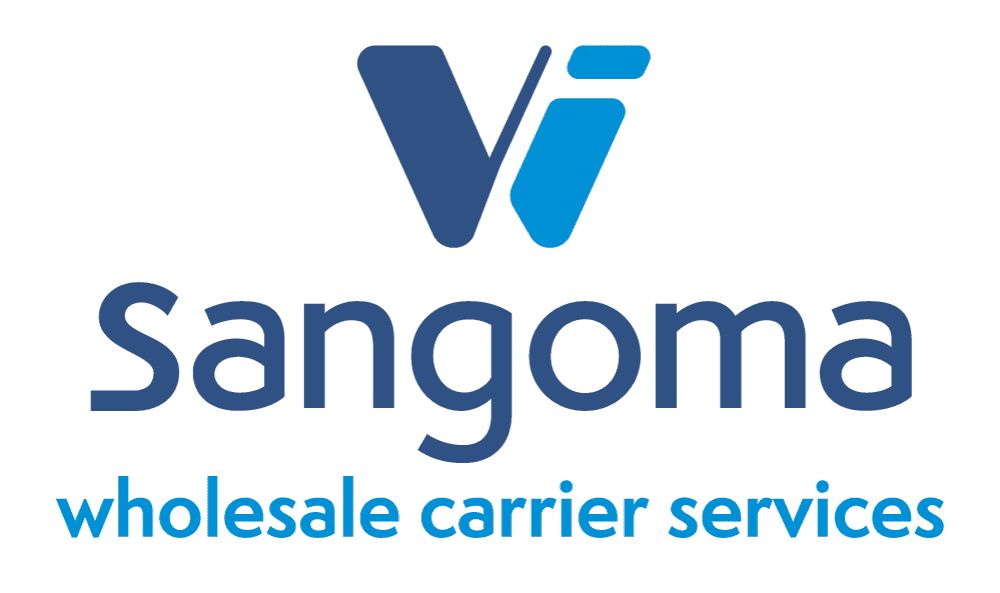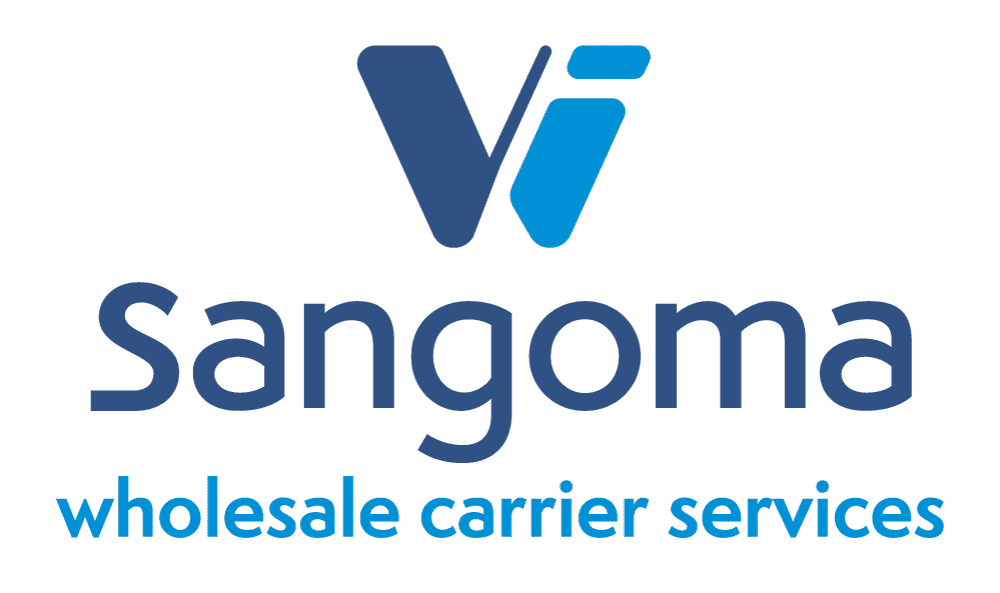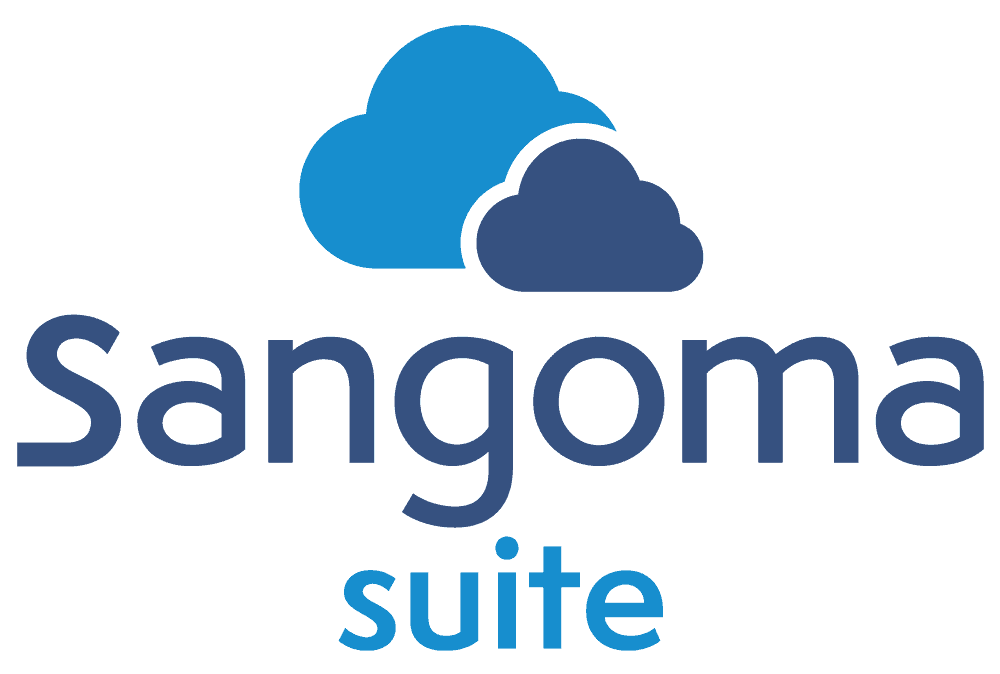4 Crucial Ways VoIP Benefits Healthcare Providers
Are you involved in running the day-to-day operations of a clinic or practice and feel like your medical office phone system has been giving you nothing but problems?
If so, then you know that it doesn’t take long before you’re tired of trying to work around all the technical limitations of an outdated or inadequate phone system.
Maybe you’ve thought, “Why can’t we just get a plain old telephone?”
You know how it is:
- Terrible connections
- Awful call quality
- Dropped calls
- Phantom calls
- Complaints from patients
These are all signs that it’s time to bring your medical office phone system into the modern era.
And the good news is, with today’s technology, upgrading to a quality medical office phone system is easier and more affordable than ever.
So if you’re looking to simplify your processes and be more efficient, if you want to enable your team to take more calls with less stress, and if you want to improve your overall phone quality at the same time, it’s time you looked into a new VoIP phone system.
What is VoIP?
Simply put, Voice over Internet Protocol (VoIP) is the transmission of phone calls over the Internet instead of using traditional telephone landlines.
VoIP helps businesses and organizations simplify and reduce IT complexity, eliminate the need to pay a phone company for traditional phone lines, save money on phone bills (sometimes as much as 60-70%), and have access to advanced features that aren’t available with traditional business phone systems.
But VoIP also offers specific benefits for medical offices as well. Here are a few of the primary benefits a VoIP phone system can offer medical offices.
Patient experience
It goes without saying that patient experience is the lifeblood of your doctor’s office. Just like with business, when people feel as though they did not receive the experience they deserved, they typically won’t hesitate to share that experience with others.
And nowadays, with technology enabling people to be more connected than ever before, they’re only a few clicks away from publicizing every poor experience they have with businesses and doctors’ offices, alike.
This might be surprising to hear, but one of the best ways to improve the experiences of your patients is to make communication with your patients as smooth as possible, and a VoIP medical office phone system can make that easy.
If you have practice management software, a CRM, or some other third-party patient software, you can set it up to where when a patient calls in, a popup automatically appears with specific account information displayed on a summary screen with notes, previous appointment details, insurance, demographic information, and whether or not there’s a balance on the account.
This is all information that would normally be located across four or more screens in some practice management software, so having it integrated with your medical office phone system and right in front of you when you need it can really save time for both patients and staff.
This enables your team to operate more efficiently and enables them to deliver more effective care for patients by making patient retrieval automatic.
Another useful benefit VoIP offers that helps improve patient experience is the ability to forward, block, and reroute calls from multiple locations as though they’re all in one location without the caller knowing any differently. This is especially helpful if you have multiple locations and you need to route a call to another location that doesn’t share the same phone system with your location.
Not only can you route calls easier with VoIP, but you can also automatically route calls based on caller ID. For example, many people do not like auto attendants. They might have a hard time following menus or they don’t like having to punch in a bunch of numbers and listen to multiple messages to reach their doctor or nurse.
In these scenarios where you know certain patients struggle with auto attendants due to age or other conditions, it’s extremely helpful to be able to route calls based on caller ID so their call will go directly to their doctor or nurse without them having to go through the auto attendant.
Another way VoIP helps healthcare providers, including vet and dental offices, is by allowing them to choose when they want to answer calls themselves and when they want to have them automatically answered and routed. Smaller medical offices might want someone to answer the phone as often as possible, but for the times where your front office needs a break or it’s outside of business hours, VoIP gives you the option to have an automated attendant automatically answer, give custom messages based on day and time, and route callers to scheduling, billing, and more.
Another benefit VoIP offers for doctors’ offices is music on hold. Callers are often put on hold for a variety of reasons when they call in to your office, so why not make sure their experience is pleasant while they wait?
After all, pleasant experiences while waiting on the phone makes for better communication when you get to the call.
Not only that, but you can also use the music on hold feature as a chance to let callers know about any specials you may be running in your office or to convey other messages to your patients.
Speaking of callers having to wait, VoIP can also make it to where if your receptionist steps away from the desk for a moment, any unanswered calls that come to that phone while the receptionist is away will automatically go to another designated phone in the office (maybe a back office, billing, etc.) before going to voicemail. This ‘call rollover’ feature cuts down on missed calls, lowers stress on the receptionist, keeps callers happy, and optimizes your available staff to ensure each patient is being served more efficiently.
And, of course, let’s not forget call quality. When it comes to call quality, the difference a modern VoIP phone system can offer is like daylight and dark. With the correct amount of bandwidth, traditional telephones simply cannot hold a candle to the clarity you gain when you switch over to a new VoIP system.
So VoIP helps improve patient experience by enabling you to make a better impression when new and existing patients call your office, ensuring calls get answered and routed more efficiently, and helping eliminate dropped calls and poor call quality.
Productivity
A doctor’s office staff members typically want their medical office phone system to be as simple as possible. After all, having tons of phone features is great, but there typically isn’t enough free time to learn how to use a complex new system.
So when technology is overly complex in a doctor’s office, it can be a burden to the staff and actually drag down productivity.
Modern VoIP phone systems like Switchvox are especially helpful in this area because they typically focus on making the phone as easy to use as possible while also giving you access to the most advanced features available.
And any time you get an advanced, high-quality phone system that’s incredibly easy to use, people get more done, making it a win-win for doctors’ offices.
But not only does the simplicity of most VoIP phone systems drive productivity, the built-in features that come along with that simplicity can also be huge productivity-drivers.
For example, doctors are very busy and don’t always have time to be on the phone, so they tend to rely heavily on their voicemail. As a result, receptionists are often sending callers to a doctor’s voicemail box. Well, with some VoIP phone systems, you can drop voicemails directly into the doctor’s voicemail box with the click of a mouse. This essentially makes using the phone system and managing voicemails as easy as browsing a website.
Not only that, but staff members can also set up an after-hours IVR and voicemail box, then when you get back into the office you can click and drag voicemails from an easy to use web-based interface to forward them and drop into the appropriate voicemail box.
Once the voicemail goes to the doctor’s voicemail box, she’s also able to receive those voicemails in the form of an email. Many doctors love this feature because it saves them the time and hassle of having to dig through an archaic phone system to find their voicemails.
Simply put, being able to easily manage voicemails helps further simplify communication between callers, office staff, and doctors. Because less missed calls and less missed voicemails mean less headaches for everyone involved, and that always boosts productivity.
And most VoIP phone systems come with mobile applications, too, so the doctor has the option to check his voicemail quickly and easily from a mobile app.
All of this means that voicemails and missed calls are easier to manage, and less end up getting overlooked, which are huge productivity-boosting benefits of VoIP.
Speaking of being able to use a mobile app to check voicemails, that’s not just a feature for doctors. Everyone on staff can have the same ability to not only check voicemails from their mobile devices, but also to make and receive calls as if they’re sitting at the desk in the office.
For example, if your medical office is closed for a holiday, if someone’s out of town, or if the entire staff is homebound due to inclement weather, you can actually use the phone system’s mobile app to change the phone greeting, change call routing, reroute emergency calls to an emergency facility, check and manage voicemails, and of course, make and receive calls as if they’re calling from the office number.
And if you’re out of town or if you’re office is closed for some reason, you can also get notifications sent to your mobile device, then you can check your voicemail and email directly from the app. Then if there’s something that can’t wait until regular business hours, you can call them back directly from your mobile device.
Many staff members may not like the idea of working from home, but they enjoy being able to at least change the phone greeting and check voicemails from their mobile device as needed no matter where they are.
And if you have employees who move from office-to-office and don’t necessarily have desks of their own, VoIP mobility capabilities allow those employees to use softphones to communicate on-the-go as if they’re at a desk.
Another thing VoIP phones can do that drive productivity is when emergency calls come in, the person answering the call can park it, page the doctor, then the doctor can pick up the call from any phone in the office. This feature keeps emergency communication seamless, and it saves both doctors and staff time by keeping them from having to track each other down.
VoIP also helps simplify the billing process within medical offices. Billing departments have to call insurance companies constantly to confirm coverage. This can be a huge pain, and they typically have to do it over and over again throughout the day.
With VoIP, you can save contacts in your phone system and simply click-to-dial those numbers instantly instead of having to manually dial them over and over again. This can save a ton of time and frustration over the course of the day, and is especially helpful when you’re busy and have to dial an important number quickly.
Another way VoIP boosts productivity is by giving staff members the ability to see when other staff is available or unavailable. From within the medical office phone system, you can see when nurses, staff, billing, or any other department are on the phone, on vacation, on lunch, on pause, etc. This gives you a quick way to see who’s available to answer the phone, saving everyone the time and frustration of trying to track down the appropriate person to see if she/he can take the call.
If you want, you can also see how many calls each department has taken, how long they’ve been on the phone, and more. You can even export this information into a report you can look back at on a regular basis. Office managers typically like having this ability because it helps them prevent any one person or department from getting overloaded with calls.
On top of all of this, many quality IP phones (the phones that go with VoIP systems) are typically very easy to install and configure, meaning in many cases employees can simply plug them in and start using them right away.
Not only are the phones easy to set up, but you can also easily setup and change the call flow to and from certain departments, change call options, change extensions, and move phones as needed without having to waste a ton of time doing so. If you’ve ever had to try and do these things on an older more traditional phone system, you can imagine how much time it can save just being able to do these tasks simply and easily.
So, in summary, VoIP helps increase productivity by allowing you to use an auto-attendant (IVR) to not waste time manually fielding every call whenever there are time or staffing constraints, and it just generally helps you keep the staff better connected through features like mobility, availability, call flow, call reporting, and more.
Flexibility
It should go without saying, but no one wants to spend a ton of money on something and then find out fairly quickly thereafter that they’ve outgrown the item they just invested money into.
Yet, sadly, that’s how many office phone systems work.
Being that most offices do intend on growing or expanding in some way in the near future, this is very important to think about upfront before investing money in a phone system that will only get more expensive as you use it more and more.
The good news is, some VoIP phone systems make it easy to grow and scale your office operations without spending a fortune.
With VoIP systems, like Switchvox for example, you get everything you need for now and for the future – upfront, for one low price. That means you’re never nitpicked on licensing fees and add-on costs later on when you decide you need more functionality for your expanding office.
After all, successful offices grow, and with growth comes change. Because of that, your office and the way you do things may change in two years, and it’s smart to be prepared for whatever may come your way.
Many systems, even some VoIP systems, try to save you money upfront by giving you only the essential features, then when your practice grows or your needs change in a year or two they charge you extra.
However, with systems like Switchvox, there’s not much you can’t do with all the features available, and you get them all from day one instead of being nickel-and-dimed along the way as you need them.
And the best part is, you don’t have to worry about getting overwhelmed with features you don’t need because each feature can be turned on or off as the office needs change or as you notice needs along the way.
This helps ensure you have the best quality phone system right now while also meeting the growing demands of your expanding medical center without having to spend excessive amounts of money on expensive upgrades.
Cost
Cost is another important factor to consider when it comes to investing in a new medical office phone system. Many medical offices are private practices, which means they may not have the funding that other organizations have.
With VoIP, depending on your situation, you can typically decide whether you want to pay for your office phone upfront or on a monthly basis. Some vendors offer leasing options for equipment such as phones in order to lower your upfront investment. And if you like the idea of reducing the amount of hardware on-site and paying for your phone system on a monthly basis, a cloud or hosted option might be a good fit for you. Being able to pay monthly like this offers a great opportunity to smaller offices who may want to conserve cash flow.
Not to mention the fact that many doctors’ offices are using outdated phone systems that will be obsolete in a matter of years, leaving you left will little to no support. Phone systems are much like computers, home appliances, and automobiles in that the older the phone system is, the more expensive it becomes to maintain. That means if you’re using a very outdated phone system, IT maintenance bills are sure to steadily increase.
Here’s another thing to consider:
Many healthcare providers pay too much money for their phones because they have multiple locations and each location has a different phone system.
VoIP can make a big impact when it comes to lowering expenses because using VoIP and consolidating multiple separate phone systems across several locations can help reduce other telephone costs by 40 percent or more in some instances.
Physicians with multiple locations often struggle with upkeep and maintenance of different phone systems at different offices. Not to mention the issue of transferring calls; should someone call for a doctor or staff member at one facility, and that person is located at another office, it can be frustrating to have to transfer the call between facilities.
What’s even worse in this situation is sometimes you have to give the caller a different number to call or transfer the call outside the system, overloading facilities and causing constant patient complaints of not being able to get through. In the emergency medical field, this can be a huge disadvantage.
With VoIP, you can replace multiple telephone systems used across separate office locations with a single phone solution, alleviating both the high costs and frustration associated with managing multiple systems.
This gives you a centralized, integrated business communications system with one telephone number to call.
Last but not least, VoIP can also save you even more money by using your existing infrastructure and phones. For example, some VoIP companies will let you use your existing SIP-standards-based IP phones, paging equipment, or analog lines. This can save tons of money, depending on your individual situation.
To see how much VoIP can offer your hospital, clinic, or practice, check out our solutions for healthcare!
The post 4 Crucial Ways VoIP Benefits Healthcare Providers appeared first on Sangoma.





